When you’re gearing up to perform a deadlift, do you ever wonder just how many muscles are pitching in to accomplish this feat of strength?
It’s not just about your back or your arms – the deadlift is a full-body exercise that recruits multiple muscle groups. Understanding which muscles are involved can help you perfect your form and get the most out of this powerful lift.
You might be surprised by the sheer number of muscles that come into play during a single deadlift. From stabilizing your core to driving power through your legs, each muscle has its own crucial role.
But it’s more than just knowing which muscles are working; it’s also about engaging them in the right order and avoiding common mistakes.
So let’s dive in and explore these unsung heroes that make lifting heavy weights off the ground possible.
Deadlift Basics: What Happens in the Lift
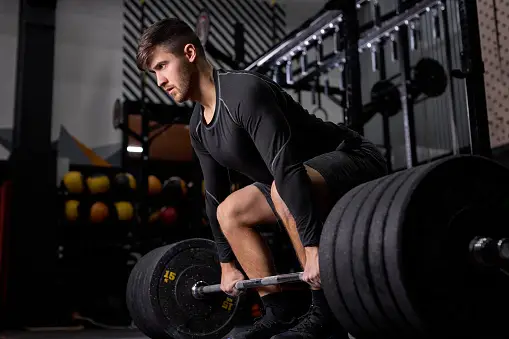
When you’re performing a deadlift, your body is like a well-oiled machine, engaging over 20 different muscles from your legs and back to your core.
Understanding the deadlift basics can help you appreciate just how comprehensive this exercise truly is.
As one of the most complex lifts to master, it’s crucial to know which muscles are worked during each phase. The primary deadlift muscles involved in this lift belong to what’s known as the ‘posterior chain,’ which includes the hamstrings, gluteus maximus (your glutes), erector spinae (lower back), and your latissimus dorsi (mid-back).
Perfecting your deadlift form requires not only strength but also coordination and balance that activates many more secondary muscle groups. This includes everything from your quadriceps at the front of your thighs to smaller stabilizing muscles in your core and upper body.
By maintaining a solid form throughout each rep, you’ll recruit these additional muscles ensuring maximum output and minimal risk for injury. Remember – every muscle has its role when it comes to executing an effective lift!
So next time you’re doing a deadlift, remember: it’s much more than just lifting something off the ground; it’s full-body involvement that strengthens multiple areas all at once!
Main Muscles Doing the Heavy Lifting
Imagine the raw power coursing through your body as it’s your hamstrings, glutes, and lower back that are truly bearing the brunt of the load in a deadlift. These main muscles are doing most of the heavy lifting.
Your hamstrings and glutes work in tandem to drive your hips forward, while your lower back, specifically your erector spinae, maintains spinal stability and ensures you remain upright throughout the lift.
The deadlift muscles worked also include those in your upper body and core but it is these powerhouse muscles in your lower body that take on the majority of the load.
Now let us delve deeper into muscle activation during a deadlift. As you begin to pull the bar off the ground, you’re not just using brute strength; rather, there’s a lot of science going on behind that lift.
Your leg muscles powerfully contract to initiate movement while simultaneously keeping balance.
Then comes an intense squeeze from both sides of your posterior chain – again involving predominantly hamstrings and glutes – all underpinned by continuous tension from those unyielding erector spinae muscles along with support from other smaller stabilizing muscles across your whole body.
In essence, when properly executed, a single rep of this powerful exercise engages almost every major muscle group in some way or another!
Supporting Muscles: The Unsung Heroes
Let’s not forget about the unsung heroes in this epic tale of strength and endurance – our supporting muscles.
While you’re focused on lifting that heavy barbell off the ground, your body is working harder than you’d think, activating a multitude of supporting muscle groups.
The deadlift muscle isn’t just one single muscle or even just those primary movers we discussed earlier. It’s also your core muscles, shoulder muscles, and many others that are putting in their fair share of work to help you accomplish your lift.
These supporting muscles are essential for maintaining stability and control during the lift. Your core muscles – including your abs and lower back – play a crucial role in keeping your body balanced as you hoist up that weight.
Simultaneously, your shoulder muscles (especially traps) contribute by stabilizing the weight and helping maintain an upright posture.
In essence, almost every major muscle group comes into play when performing a deadlift! So next time you grip onto that barbell, remember it’s not just brute force but also the coordinated effort of numerous underlying forces at work too.
Core Strength: More Than Just Abs
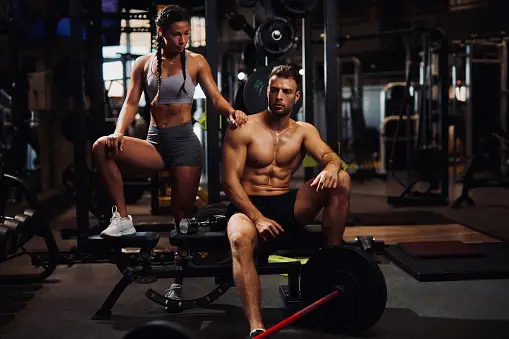
Believe it or not, there’s a lot more to core strength than just chiseled abs. When you’re deadlifting, your core is the powerhouse that keeps everything in check.
It’s the foundation from which all other muscle movements originate and plays a pivotal role in maintaining balance while lifting heavy weights.
The benefits of deadlifts are well spread across multiple muscles to offer you an overall body workout. As you build muscle through regular deadlifts, your core strength also increases significantly.
But what does this mean for your performance and physique? Simply put, improved core strength translates into greater deadlift strength.
This means you’ll be able to lift heavier weights and achieve better results with each workout session. You’ll notice that as your core becomes stronger over time, you can increase the weight on the bar without sacrificing form or risking injury – that’s how integral this group of muscles is to successful deadlifting.
So remember, when it comes to muscle growth and maximizing your deadlift benefits, never underestimate the power of an iron-clad core!
Hands and Forearms: The Grip Factor
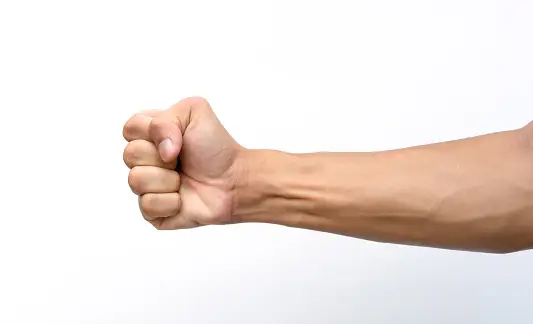
When it’s crunch time and you’re gripping that barbell ready for a deadlift, your hands and forearms aren’t just along for the ride – they’re on center stage. The strength of your grip is crucial to deadlifting correctly. You might choose an overhand grip or use lifting straps if you need some extra support. But remember, using straps can sometimes mask weaknesses in your forearm strength, so don’t become overly reliant on them.
One of the common deadlift mistakes is not giving enough attention to building up this grip strength which comes predominantly from the muscles in your hands and forearms.
Maintaining proper form throughout your lift also relies heavily on these muscles. Think about it: If your grip fails midway through a lift, maintaining control of that barbell becomes nearly impossible. This could lead not only to failed reps but potential injury as well.
So next time you set out to deadlift, give due importance to strengthening those fingers, hands, and forearms. After all, they’re holding down a lot more than just their weight when it comes to performing this exercise effectively and safely!
The Role of Your Lower Back
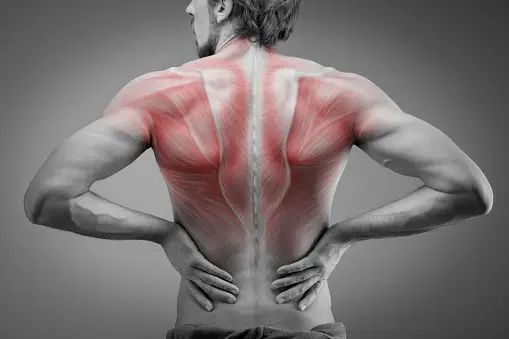
Moving on from the role of your hands and forearms in maintaining a solid grip during the deadlift, let’s now delve into another crucial aspect.
The part that your lower back plays can’t be overstated when it comes to this strength exercise.
Your lower back, specifically your spinal erectors, are primary conventional deadlift muscles. These muscles run along your spine and work excessively hard during a deadlift to maintain proper posture and prevent injury.
You see, when you’re lifting heavy weights off the ground, it’s these muscles that keep your back straight and aligned.
Incorporating targeted exercises for these muscles into your deadlift training program is key not only for enhancing performance but also for reducing the risk of strain or damage.
Remember, successful deadlifting work isn’t just about how much weight you lift – it’s about doing so safely and efficiently as well.
Quads and Hamstrings: The Leg Drive
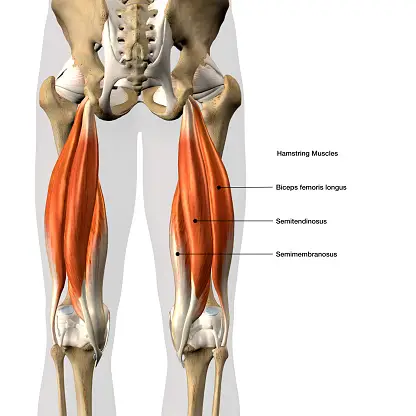
Let’s ignite your powerhouses – your quads and hamstrings, which are instrumental in delivering the explosive leg drive you need for deadlifting greatness.
These key leg muscles are essential for providing the initial burst of energy to start the lift off from the ground. In particular, exercises like stiff leg deadlifts can be a great addition to your deadlift training as they focus on strengthening these muscle groups.
The stronger your quads and hamstrings are, the more weight you’ll be able to handle during your lifts.
Switching up between conventional and sumo deadlifts can also help target different aspects of these muscles. Sumo deadlifts place a greater emphasis on working ‘quads and hamstrings: the leg drive’ is particularly evident in this variation of the exercise.
Remember, it’s not just about lifting with your back; a successful lift engages every part of your body from head to toe – but it all starts with that powerful push from your legs.
Power from the Glutes

Harnessing the raw power of your glutes can truly elevate your deadlift performance to a whole new level. The gluteus maximus, one of the strongest muscles in your body, plays a significant role in deadlifting.
Each time you perform a deadlift, this powerhouse muscle helps you rise from the bent-over position and finish strong at the top of the lift. Building muscle in this area not only boosts your lifting prowess but also gives you explosive power and improved stability which is crucial for other lifts too.
To really get these gains going, consider adding specific exercises targeting your glutes into your training program. Hip thrusts are particularly effective as they isolate and engage the gluteus maximus directly. Incorporating them will help you develop better control over these key muscles during deadlifts, translating into greater strength and form on the platform.
Remember, successful weightlifting isn’t just about brute force – it’s about building muscle where it counts and learning how to harness that power effectively.
Shoulders in Deadlifting
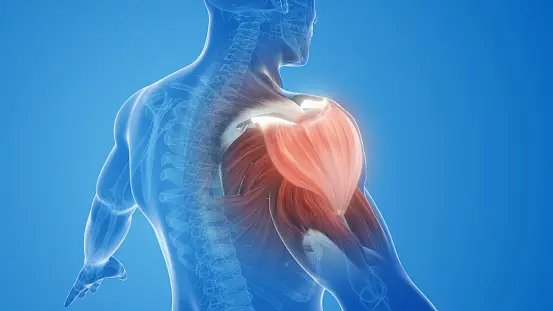
When it comes to deadlifting, it’s your shoulders that are the unsung heroes, bearing the brunt as you hoist that weight off the ground.
Engaging your shoulders in deadlifting can be a game-changer and significantly increase your lifting capacity.
The key shoulder muscle used in this lift is the latissimus dorsi, or lats for short. This broad muscle spans across your back and plays a crucial role in pulling movements like deadlifts or even bench press.
However, one of the common deadlift mistakes people often make is neglecting their shoulder positioning during lifts.
Proper engagement of your shoulders not only protects you from injury but also allows for optimal power output during lifts.
Remember to retract and depress your shoulder blades when performing a common deadlift – imagine pinching a penny between them! This will help engage those mighty lats effectively and ensure they’re doing their fair share of heavy lifting.
Avoiding Common Deadlift Mistakes
![]()
Avoiding common deadlift mistakes can boost your overall performance and protect your body from potential injuries. When performing conventional deadlifts or trap bar deadlifts, it’s crucial to maintain proper form.
One of the most common mistakes is rounding the back, which can lead to severe injuries in the long run. Another frequent error is lifting with your lower back instead of using your legs and hips. Remember, a good deadlift is more of a push than a pull!
Also, don’t rush through your reps. Control every phase of the lift for maximum benefit. When it comes to barbell deadlifts, avoid bouncing the weight off the floor. This not only decreases muscle engagement but also increases injury risk.
Don’t forget about grip strength too. If you’re struggling to hold onto the barbell, consider incorporating some grip-strengthening exercises into your routine or try using straps for support. If conventional methods become too monotonous or challenging for any reason, feel free to explore deadlift alternatives that work similar muscle groups but may provide a different challenge.
Remember that avoiding these common pitfalls will help you make significant strides in your fitness journey while keeping you safe and healthy.
Conclusion
So, you’ve realized that deadlifting isn’t just about brute strength. It’s a full body exercise demanding synergy from your core, forearms, quads, hamstrings, glutes, and shoulders.
You’re not just lifting a weight; you’re orchestrating an ensemble of muscles for maximum effect. Remember to avoid common mistakes and focus on form over ego-lifting.
Don’t underestimate the supporting muscles either; they’re unsung heroes in this feat of strength. Now go ahead and lift with knowledge!

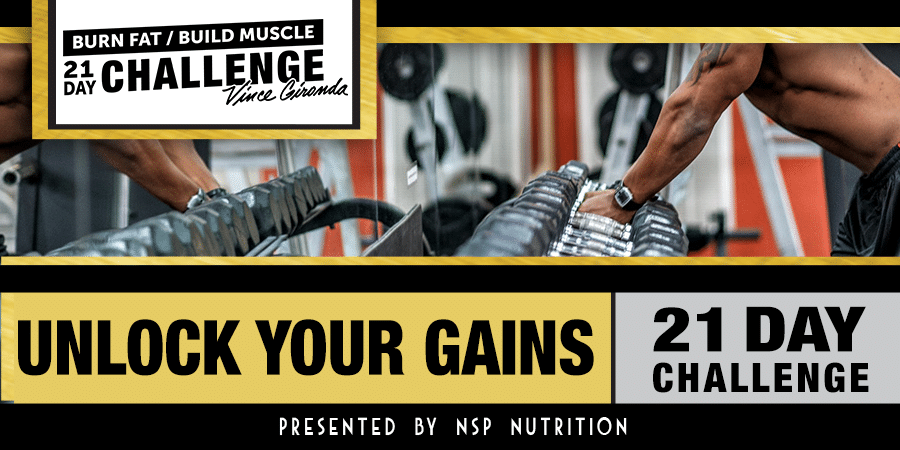




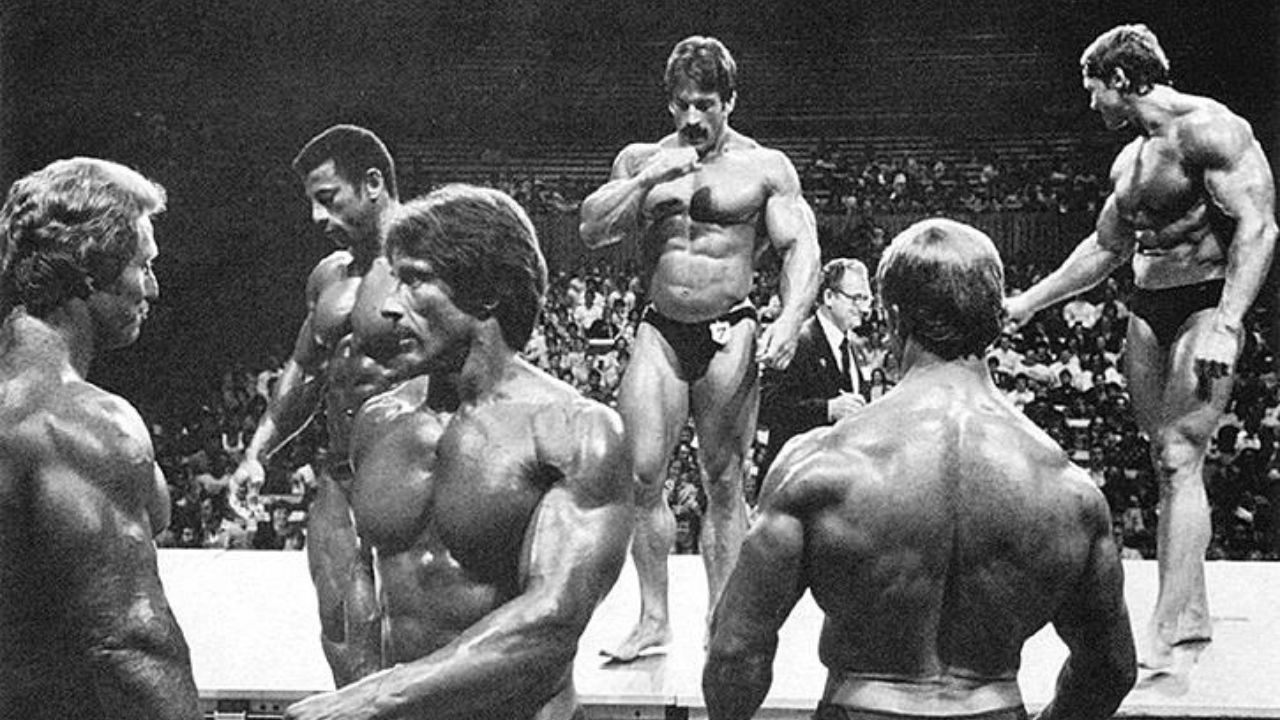
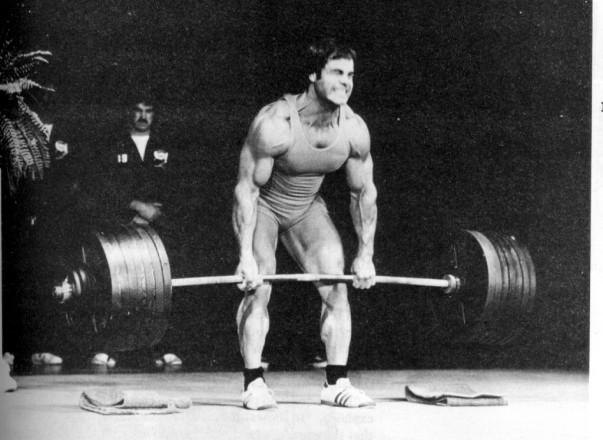

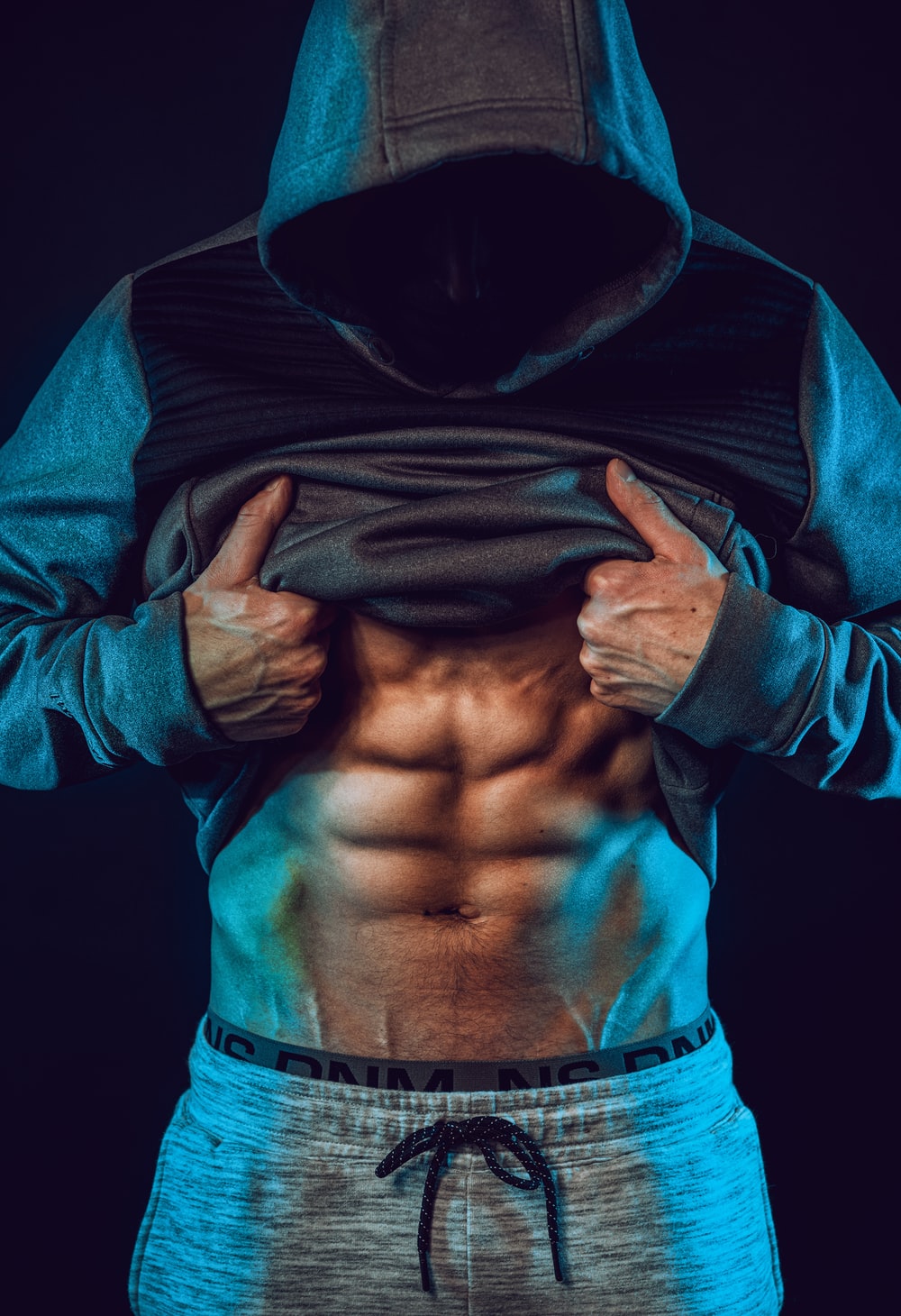



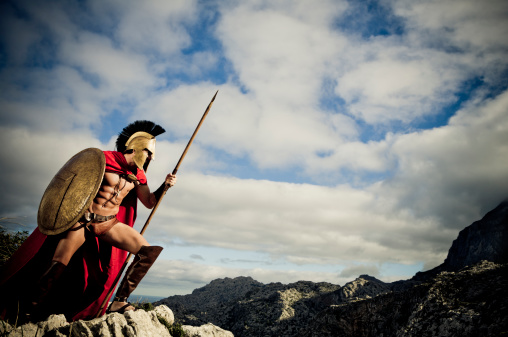


No Comments
Leave a comment Cancel